Apple AirPods: Exploring The Evolution and 6 Types of These Technology Marvels.

Apple AirPods.
In recent years, Apple AirPods have become synonymous with wireless audio excellence, redefining the way we experience music, calls, and more. From the original AirPods to the latest iterations, Apple has continuously pushed the boundaries of innovation, offering users a seamless blend of cutting-edge technology and sleek design. In this article, we will delve into the evolution of Apple AirPods, exploring the various types and the technological marvels that have propelled them to the forefront of the wireless earbud market.

6 Types of Apple AirPods:
1. Original Apple AirPods (2016): The Pioneers of Wireless Freedom.
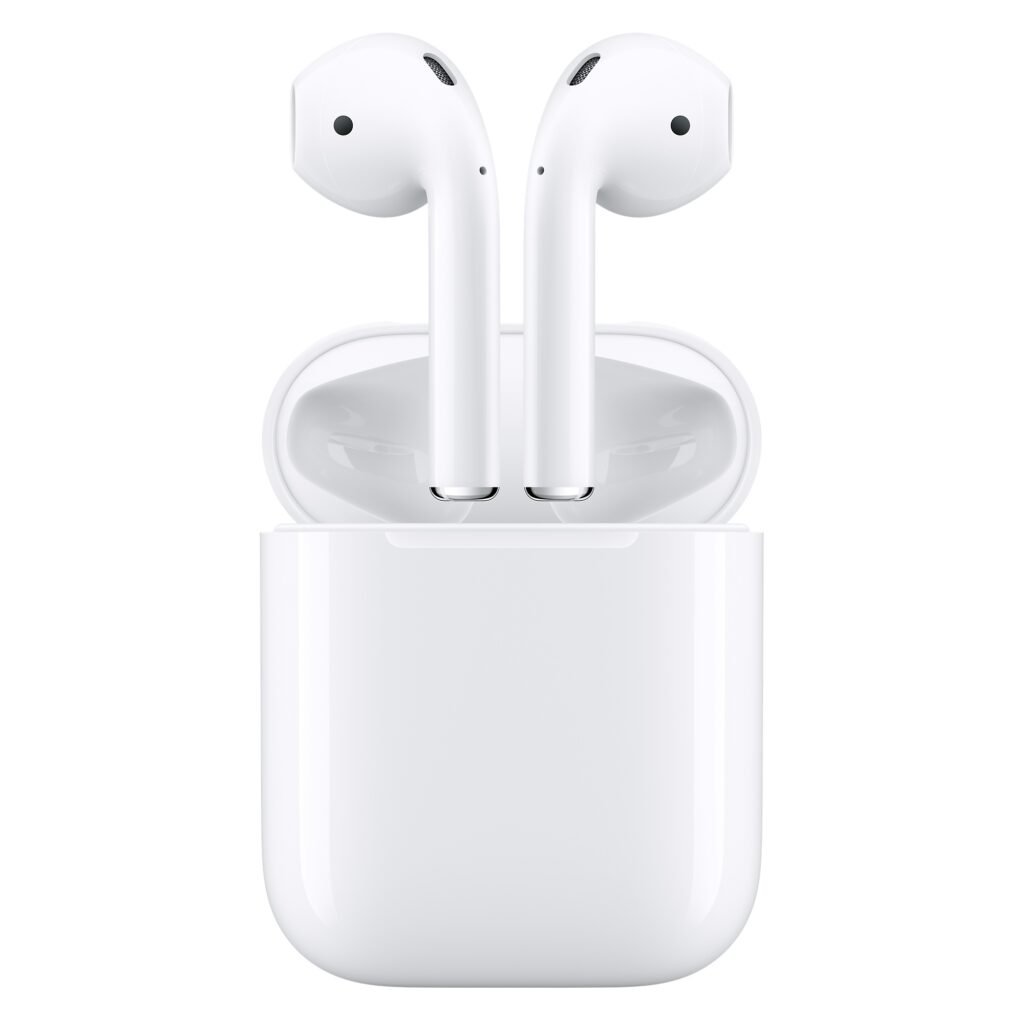
Launched in 2016, the original Apple AirPods marked Apple’s foray into the wireless audio landscape. These earbuds introduced a new era of convenience, featuring Apple’s custom-designed W1 chip for seamless connectivity and an effortless pairing process. The design, characterized by the iconic stem and snug fit, set the standard for what was to come.
2. Apple AirPods 2 (2019): Building on Success.
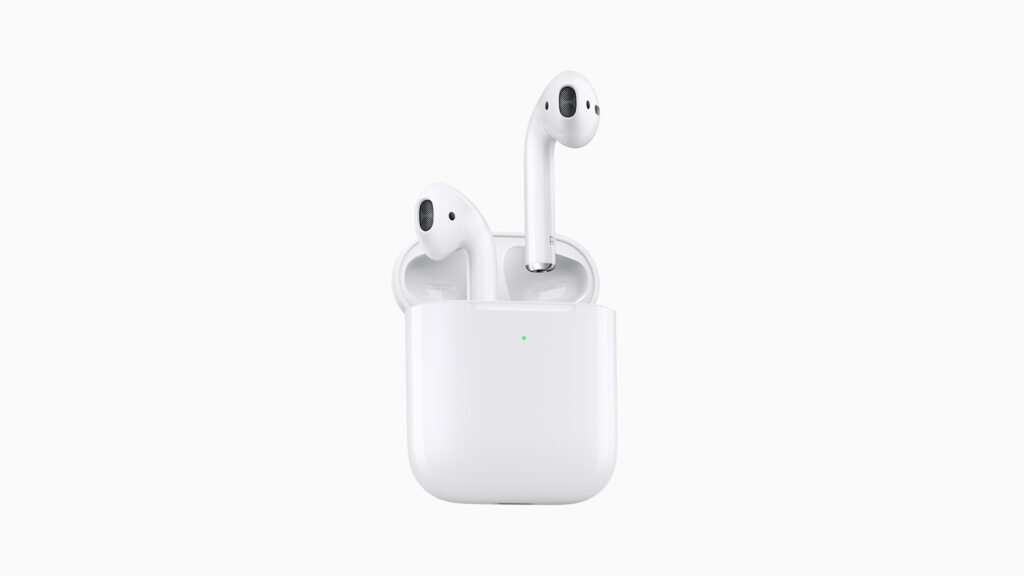
The second-generation Apple AirPods, released in 2019, retained the beloved design of their predecessor but brought notable improvements. The H1 chip replaced the W1, promising faster and more stable connections, while introducing hands-free “Hey Siri” functionality. The optional wireless charging case marked a significant upgrade, catering to users who embraced the convenience of wireless charging technology.
3. AirPods Pro (2019): Elevating the Experience.
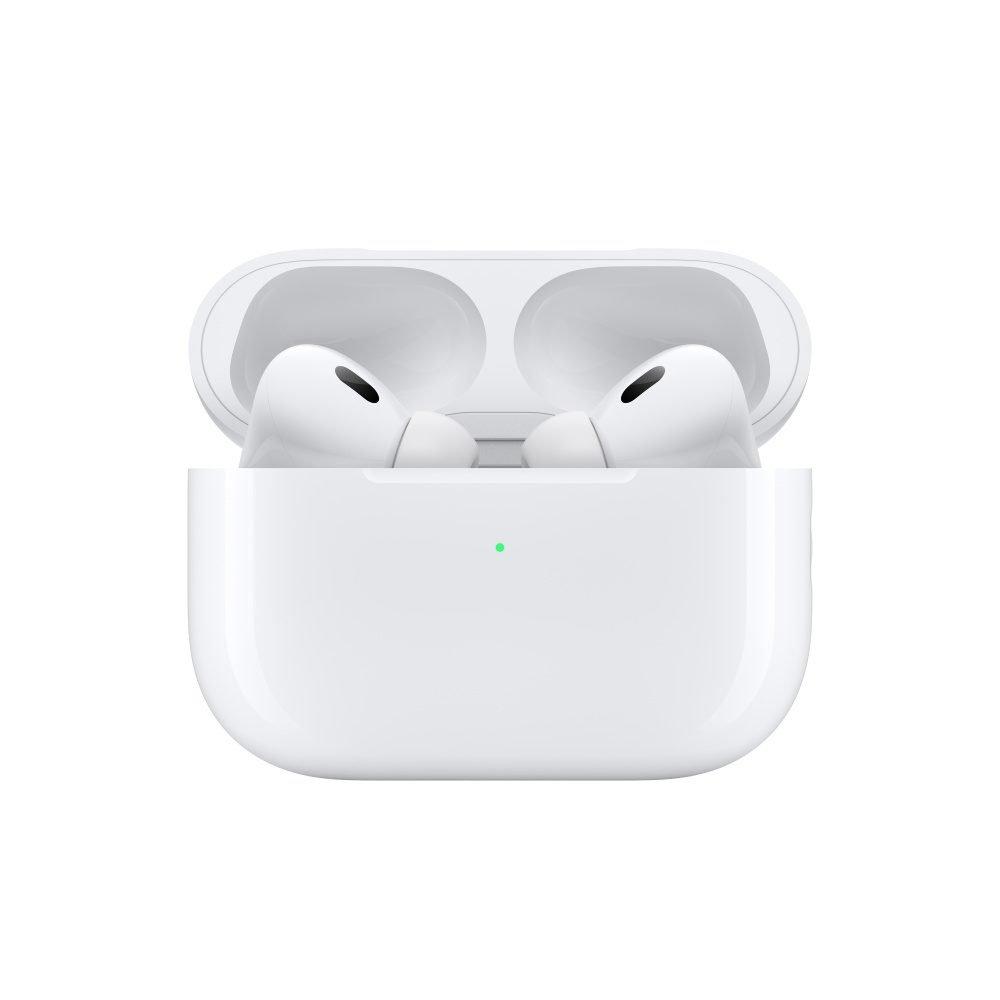
A game-changer in the Apple AirPods lineup, the AirPods Pro unveiled a more compact and customizable design with silicone ear tips for improved noise isolation. These earbuds introduced active noise cancellation, immersing users in a world of sound without external disturbances. The Transparency mode allowed wearers to stay aware of their surroundings when needed, showcasing Apple’s commitment to versatility.
4. AirPods Max (2020): Over-Ear Luxury.
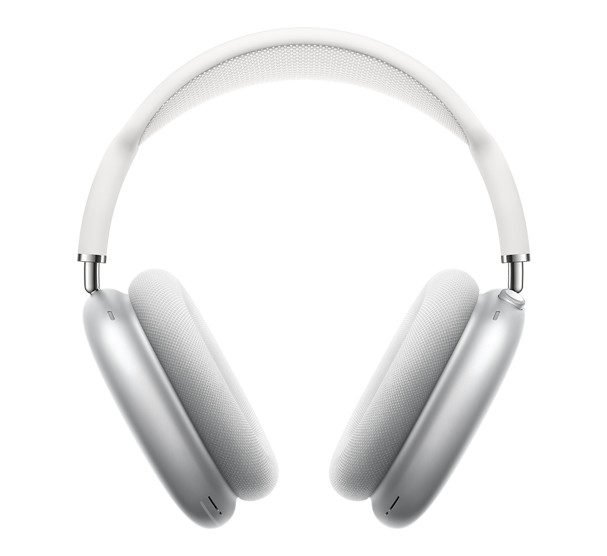
Breaking away from the traditional earbud design, Apple ventured into over-ear headphones with the Apple AirPods Max. Launched in 2020, these premium headphones delivered a blend of high-fidelity audio, adaptive EQ, and spatial audio for an immersive listening experience. The use of computational audio and advanced sensors ensured precise sound reproduction tailored to individual ear shapes.
5. AirPods 3 (2021): The Evolution Continues.

Building on the success of their predecessors, the AirPods 3 arrived in 2021 with a refreshed design reminiscent of the AirPods Pro. These earbuds featured spatial audio with dynamic head tracking, providing an immersive 3D audio experience. The inclusion of MagSafe technology allowed for efficient wireless charging and reinforced Apple’s commitment to enhancing user convenience.
6. AirPods Pro 2 (2022): Refined Excellence.

The Apple AirPods Pro 2, released in 2022, took the acclaimed features of the original Pro to new heights. Improved active noise cancellation, enhanced water resistance, and more advanced sensors for gesture controls demonstrated Apple’s dedication to refining the user experience. These earbuds further solidified Apple’s position at the forefront of the premium wireless earbud market.
In summary, Apple’s AirPods journey has been nothing short of remarkable, evolving from the pioneers of wireless freedom to a diverse lineup catering to various user preferences. The original AirPods laid the foundation, while subsequent generations and new releases showcased Apple’s commitment to innovation and user-centric design. Whether you prioritize compact earbuds for daily use, the immersive experience of over-ear headphones, or advanced features like active noise cancellation, Apple AirPods offer a solution tailored to your audio needs. As technology continues to advance, one can only anticipate what groundbreaking features Apple will introduce in future iterations of its iconic AirPods lineup.
The Importance of Apple AirPods As Ear Buds.
The Importance of AirPods as Earbuds
In an era where technology seamlessly integrates into our daily lives, the significance of using AirPods as earbuds extends beyond mere convenience; it represents a transformative shift in how we experience audio. Apple’s AirPods, with their sleek design and advanced features, have become more than just wireless earbuds; they are catalysts for a sonic revolution, redefining the way we connect with our music, calls, and the world around us.
1. Unparalleled Wireless Freedom:
The elimination of tangled wires has been a long-standing aspiration in the world of audio, and AirPods have realized this dream. The wireless nature of AirPods not only liberates users from the constraints of traditional earphones but also enhances mobility and convenience. Whether commuting, exercising, or simply navigating through daily activities, the absence of cords provides a newfound freedom, allowing individuals to move effortlessly without being tethered to their devices.

2. Seamlessness and Integration:
Apple’s commitment to creating a seamless user experience is evident in the integration of AirPods with its ecosystem. The proprietary chips, such as the W1, H1, and MagSafe, ensure instant pairing and effortless switching between Apple devices. This integration extends beyond connectivity; AirPods seamlessly integrate with Siri, enabling hands-free control and accessibility. The ability to effortlessly switch between devices and interact with a virtual assistant enhances productivity and user experience.
3. Immersive Audio Experience:
The importance of AirPods as earbuds lies in their ability to deliver an immersive audio experience. Whether it’s the bass-heavy beats of your favorite song, the crisp clarity of a podcast, or the immersive soundscapes of spatial audio, AirPods prioritize audio quality. Advanced features such as adaptive EQ and active noise cancellation contribute to an unparalleled auditory journey, allowing users to immerse themselves in the richness of sound without external disturbances.
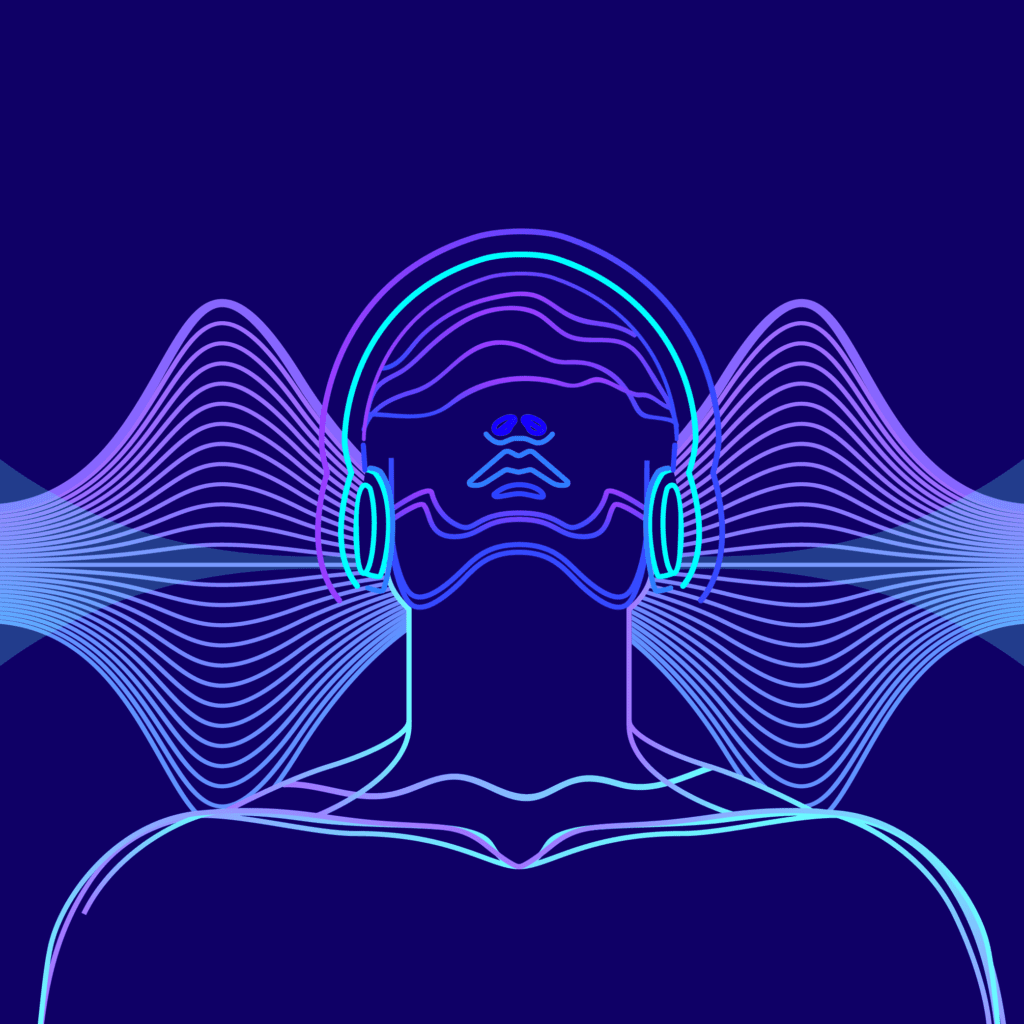
4. Communication and Connectivity:
In an age where communication is paramount, AirPods serve as reliable companions. The built-in microphones and advanced beamforming technology ensure clear and crisp call quality, even in bustling environments. The hands-free convenience of AirPods enables users to stay connected while multitasking, fostering efficient communication without sacrificing mobility.
5. Versatility for Varied Lifestyles:
AirPods cater to a diverse range of lifestyles, offering different models to suit individual preferences. The AirPods Pro, with their customizable silicone ear tips and active noise cancellation, appeal to those who prioritize immersive audio and personalized comfort. On the other hand, the AirPods Max, with their over-ear design and high-fidelity audio, cater to audiophiles seeking a premium listening experience. The versatility of AirPods ensures that there is a suitable option for every user, regardless of their lifestyle or preferences.
6. Technological Innovation and Future Potential:
As technology continues to evolve, so do AirPods. The ongoing innovation and updates to the AirPods lineup showcase Apple’s commitment to staying at the forefront of audio technology. With each iteration, AirPods introduce new features, enhanced connectivity, and improved audio quality. This constant evolution ensures that users are not only investing in a product but also in an ever-evolving ecosystem that promises future advancements and capabilities.
In conclusion, the importance of using AirPods as earbuds transcends mere wireless convenience. They represent a paradigm shift in how we engage with audio, offering a seamless, immersive, and technologically advanced experience. As we embrace this sonic revolution, AirPods have become indispensable companions, not only enhancing our audio experiences but also seamlessly integrating into our modern, connected lifestyles.













